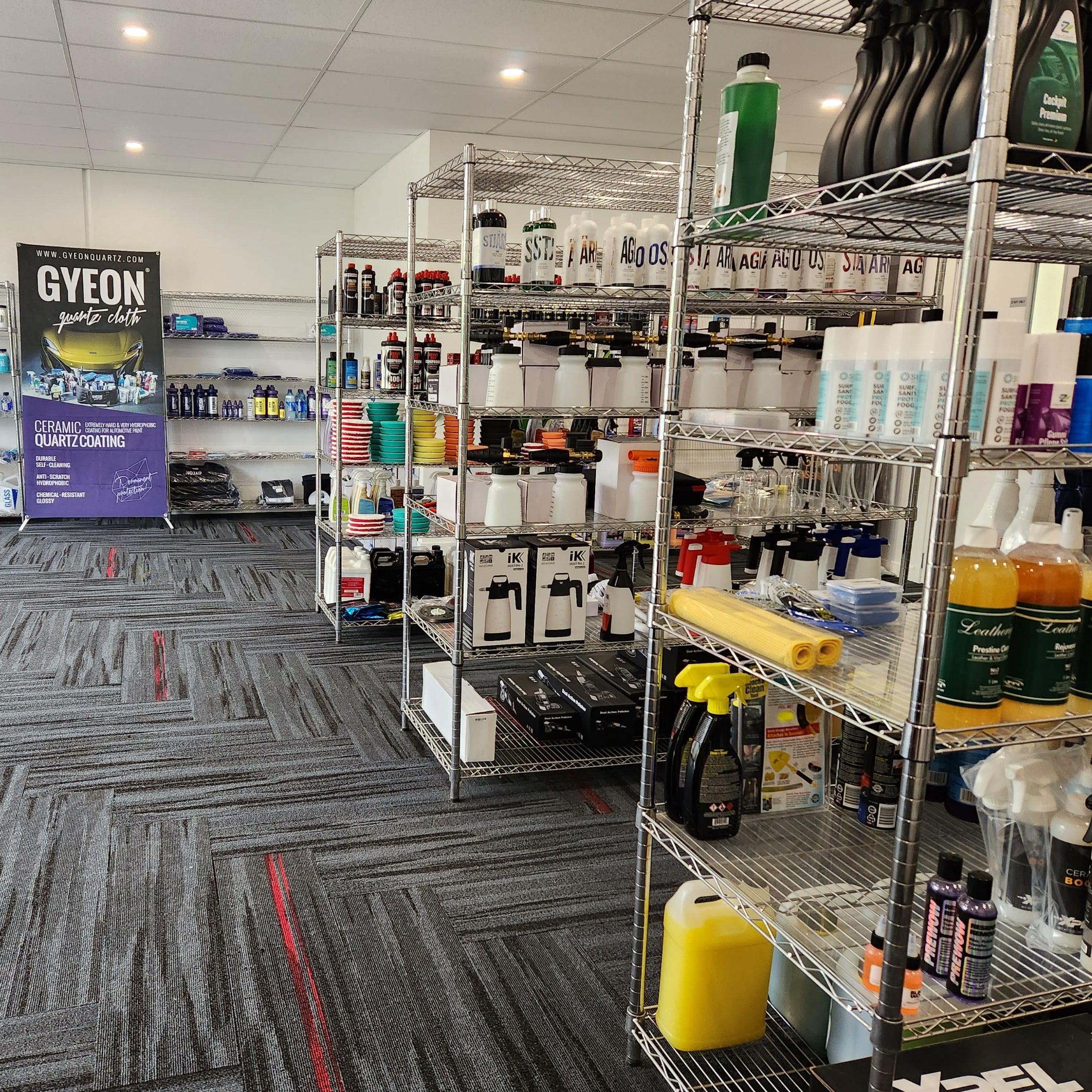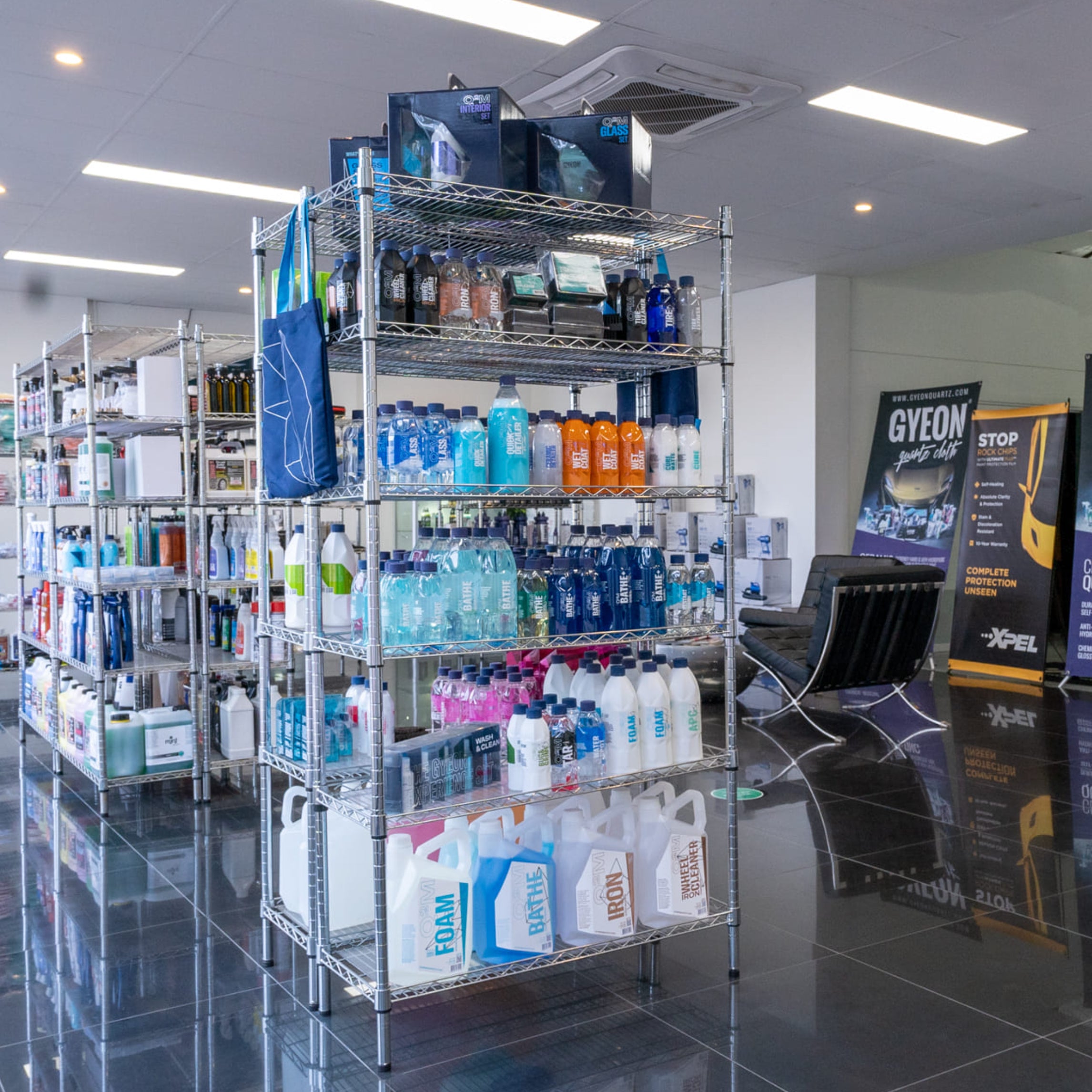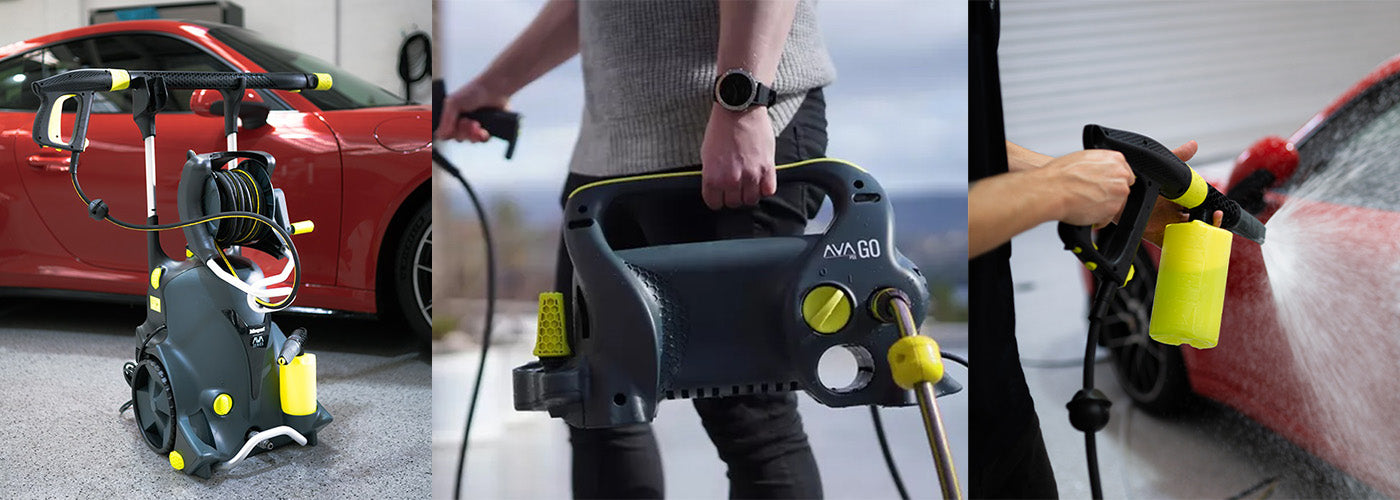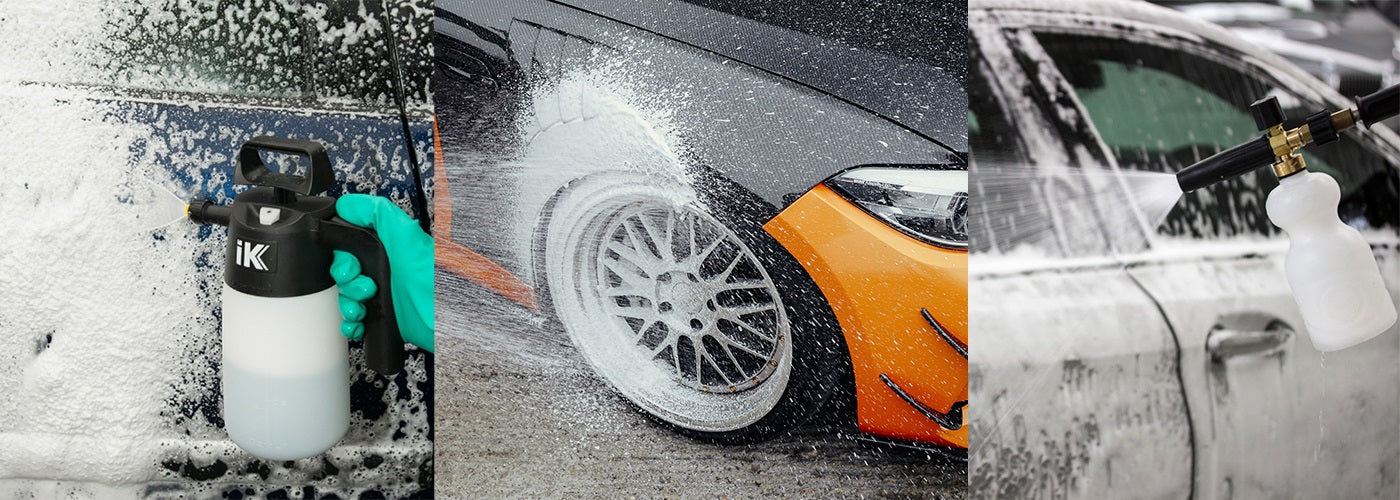The job of a wax or sealant is to protect your paint work against rain, dirt, dust, UV rays and all of the other environmental factors that can damage it. A properly waxed or sealed car will also look amazing: glossy and shiny, it will also be easier to clean because the dirt particles will find it much harder to stick and even if they do the bind they have is much weaker because of the surface of the wax or sealant.
The difference behind a wax or paint sealant is usually: a wax is generally classed as being from or containing mostly natural ingredients such as carnauba. A paint sealant is usually made from synthetic (man-made) ingredients. This is a general rule and not all products stick to these labels but if you are thinking Wax, then Dodo Juice, Swissvax and P21s fall in this category. If you are thinking Paint Sealant, then Duragloss, Einszett, Wolf’s Chemicals are all synthetic creations.
Both Sealants and Waxes are designed to make your car look great and to provide a sacrificial layer of protection over your paint. Without this your car is going to ‘age’ quickly with dirt and debris sticking to it and worse still things like bird droppings will etch/eat into the paint because of their acidity.

Tips before starting:
Try to work inside, if not always in the shade and ensure the paint surface is cool. Make sure your car has been washed thoroughly and dried. Prior to apply a wax or sealant it is important to prepare your car paint properly, clay barring is usually required to leave a clean contaminant free smooth surface. In addition if you are going to polish to achieve paint correction, this should be completed prior as well, waxing or sealing is the last stage in a detail.
What you need:
A good quality wax or paint sealant. A soft foam applicator pad and a soft microfibre cloth.
Directions:
Both Sealants and Waxes are similar to apply and remove.
For waxes, usually a paste in a pot, take a soft foam applicator and gently rub the wax surface to warm it and load your pad.
Apply the wax sparingly to the paint surface working in straight lines across the paint ensuring 100% coverage. Complete small sections at a time and repeat this process for each section of the car until the whole car is covered with the wax.
Come back to the first panel you applied wax to and use the ‘finger test’ to see if the wax has bonded to the paint sufficiently and is ready to be removed. Basically lightly wipe your finger over the wax and if it smears leave it for another 15 minutes and retest until it comes away cleanly. If the wax does comes away cleanly, then it is ready to be removed and will wipe off easily.
Take a quality soft microfibre cloth and lightly wipe off the wax, if you travel in the opposite direction to the wax lines you applied, it is usually easier to remove. Use your cloth neatly folded into 4 and turn frequently to avoid clogging and smearing.
For Paint Sealants, usually a liquid, shake the bottle very well to make sure the ingredients are combined properly. Take a soft foam applicator pad and apply a small amount of the liquid, in a similar fashion as the wax (straight lines), apply sparingly over the entire area of the car to be protected.
Again perform the ‘finger test’ to see if the sealant has bonded to the paint sufficiently and is ready to be removed. Likewise if it smears then leave for another 15 minutes and retest until it comes away cleanly.
Then again take a quality soft microfibre cloth and lightly wipe off, if you travel in the opposite direction to the lines you applied, it is usually easier to remove. Use your cloth neatly folded into 4 and turn frequently to avoid clogging and smearing.
Your car should now be gleaming and fell silky smooth.

Ongoing Tips & Troubleshooting:
Quality products should be used sparingly! A 200ml pot of high quality wax should give you 20+ coats for a Commodore/Falcon sized car, so that is not a lot per application compared to off-the-shelf products that might only give 4 or 5 applications out of a 500ml bottle!
If you spread a quality wax or sealant on too thick, you are just wasting it. You will not get any greater gloss or level of protection and you will make it hard to remove. 2 thin coats is much better than 1 thick coat – so small amounts and an even coating.
Wax and Sealants have a bonding time, which is dictated by the ‘Finger Test’. This is the time needed for them to bond with the paint properly before wiping or buffing off. The time can vary depending on weather conditions such as temperature and humidity, this bonding time is like the ‘touch-dry’ time for paint. Then there is a curing time for waxes and sealants were the bond intensifies and the product ‘sets’ this is anywhere from 3 to 24 hours depending on the product and can be compared to the ‘fully-dry/cured’ time for paint.
Sometimes a light haze might appear a couple of hours after wiping/buffing off the wax, this is part of the curing process and fine. Simply take the same soft microfibre cloth you wiped the wax off with, and wipe over the vehicle again. The gloss will be further intensified.
If your wax or sealant is not lasting as long as it should, then it might have been something in your preparation; washing and claying is a must to remove surface contamination. The other issue to longevity is the car wash shampoo you regularly wash with, some cheap off-the-shelf ones can be highly alkaline (and so are most used in car wash cafes), these can strip the protection off your car prematurely, so always go for a pH neutral one.

For a demonstration of this topic please see the video:





